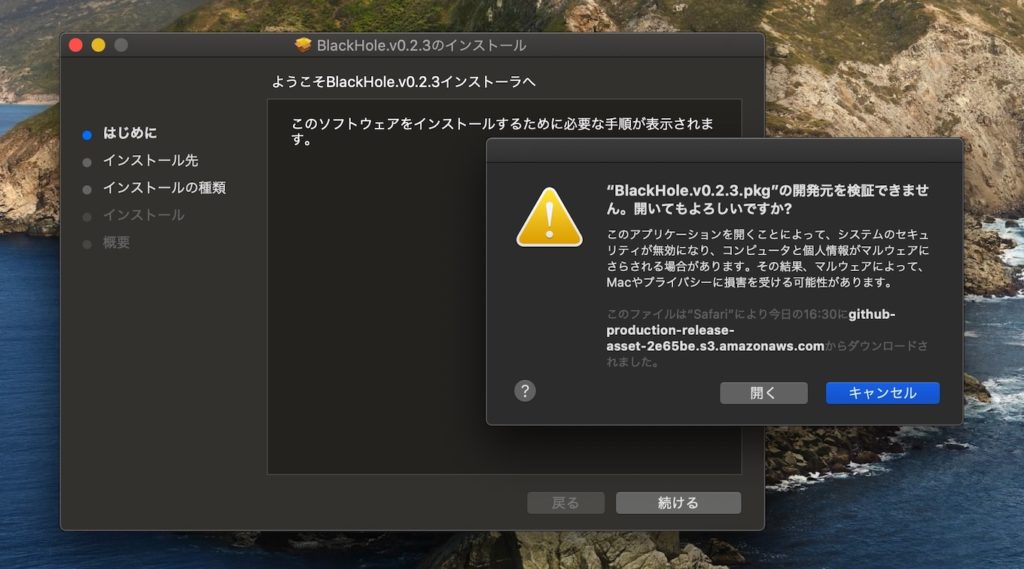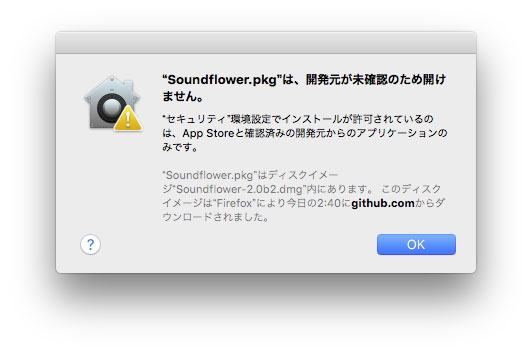

The other option is to bring in an older version of node (8, I think) from around the High Sierra days, which depends on icu4c 60.2.

Click Record to start capturing the internal sound. Choose ‘ Soundflower (2ch) ‘ from the drop-down list. Open QuickTime and click the arrow next to the red Record button. What this means: Skype will take input from your microphone (as normal), but will play output both to. Tick ‘ Built-in Output ‘ and ‘ Soundflower (2ch) ‘ from the Audio Device Tab. The installer for the latest signed version with support for macOS Mojave can be downloaded here.
#Soundflower for mac via homebrew software#
While you’re there, also check that External Microphone is set as your Input Device. A popular 3rd party software that lets you control the volume of a connected external display is Soundflower. First is, in 'build.rb' file, sudo chown -R.
#Soundflower for mac via homebrew install#
This commit is where version 60.2 was added to 86ff03fīut they didn't do the checksums until this fb928fcĪny commit up until they pulled that install code can be used for version 60.2. alt -click the volume icon in the menu bar, and select Built-in Output + Soundflower (2ch) as the Output Device. Now I need to install Soundflower on mac, I download the source code from Github, then I opened 'Terminal' to install it, but I had got some trouble. To install some of the Homebrew package components, you need to install Xcode’s command line tools first (in case you haven’t done it before). Xcode is Apple’s native IDE, an integrated development environment that has all the tools you need for software development on Mac. Node brings in icu4c version 64.2 on Catalina, and icu4c 60.2 is no longer available from just running brew install so it has to be reinstalled from the specific commit that had the information available to install it. Step 1: Install command line tools for Xcode. You have a couple of applications on your Mac that can capture Soundflower’s audioQuickTime Player and GarageBand.

This brings in node version 13.8.0, which I found to work. Step 3: Configure your capture application.


 0 kommentar(er)
0 kommentar(er)
